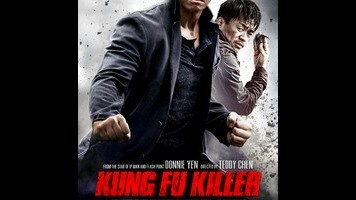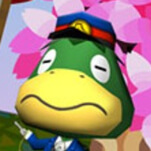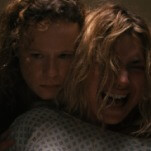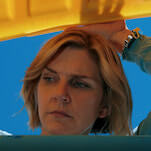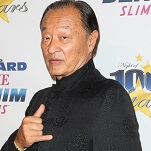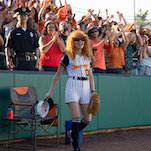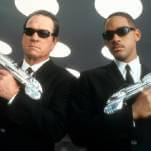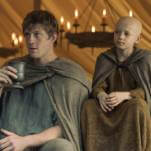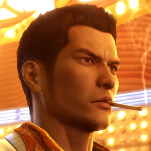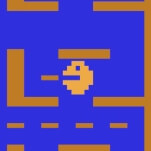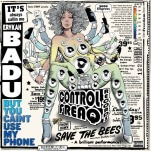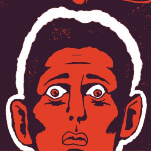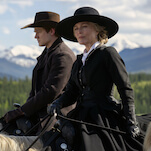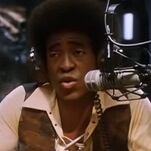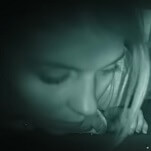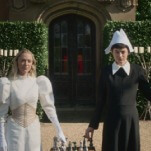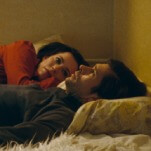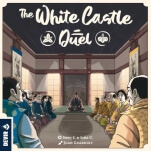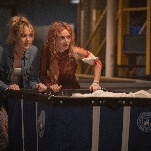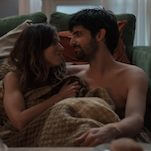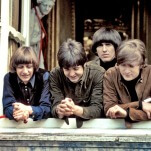The killer (mainlander Wang Baoqiang) is generic to the point of abstraction, given a simpering backstory and a passion for Peking opera that plays like a riff on the classical music tastes of stock Hollywood psychos. Mo is the kind of hard-but-good guy Yen specializes in playing, though rarely in movies this purely fun and loopy. The cops are movie cops, the martial artists are retired single-style experts in the wushu-flick mold, and every single bit role is filled with a cameo. This is, in other words, the stuff of self-reflexive comedy, played straight—which is to say, in a way that’s still funny. (See: the repeated image of police techs working wild kung-fu showdowns as crime scenes, which could almost be a Zucker-Abrahams-Zucker gag.)
Kung Fu Killer’s plot is a race to the next fight set piece, be it in the bones of a giant-sized exhibit of the human skeleton, on an action movie set, or along the painted lane markings of a busy road, where thundering big-rigs create a narrow alley of movement until the combatants roll under a passing truck and commence duking it out as undercarriages fly by overhead. The latter effect is surreally unconvincing and yet somehow cool, because, like the sublime leaps of wirework, it suggests a reality of pure action that has no use for real-world rules.
In Kung Fu Killer’s best moments, Chan and Yen—who oversaw the fights—use the camera like a stuntman on wires; it leaps, snaps, swings, and floats down to ground level in graceful arcs. Here, in this entertaining, preposterous goof of a kung fu movie, are all those values missing from the mainstream of American action filmmaking, not the least of which is a sense of the camera as a participant in the action, sometimes moving in counterpoint to exaggerate stunts. Warped by wide-angle lenses, space becomes a participant, too. It’s that unique legacy of the Hong Kong style: The impression that everything on screen—from the walls and floorboards to long sections of piping that will become improvised weapons—is in a complex and unpredictable dance.
